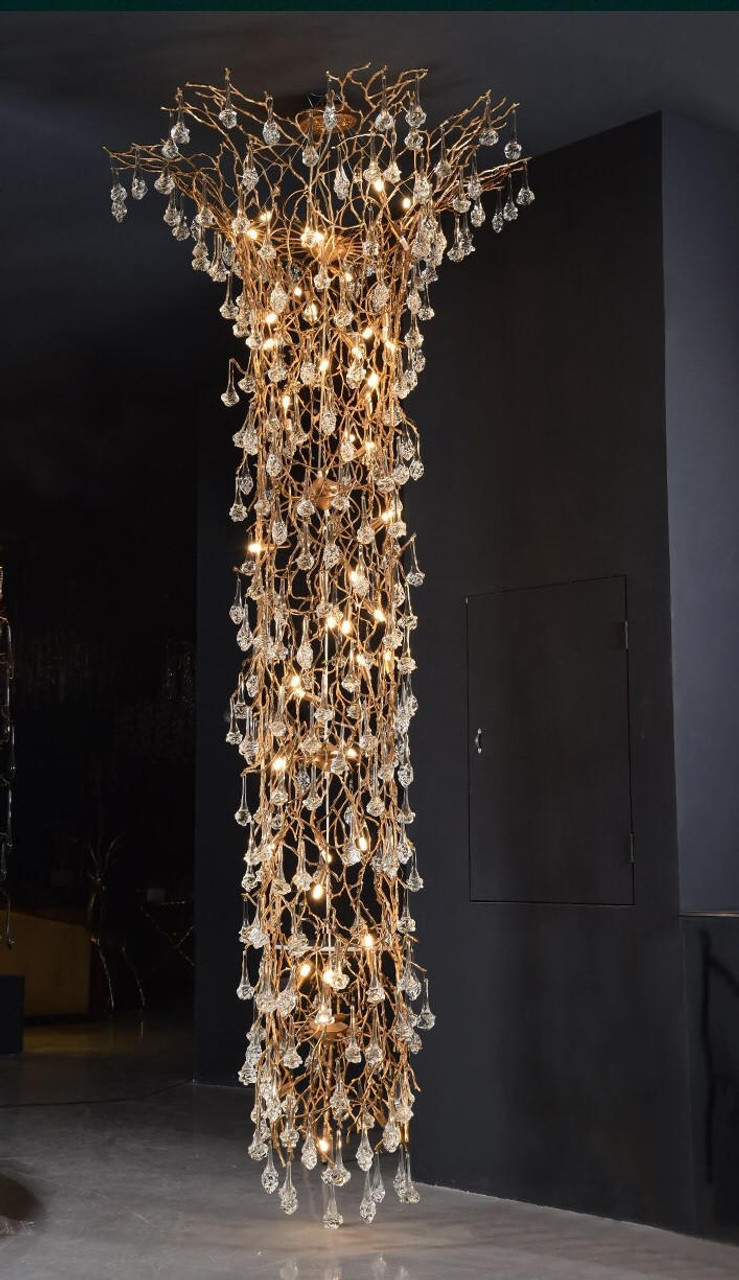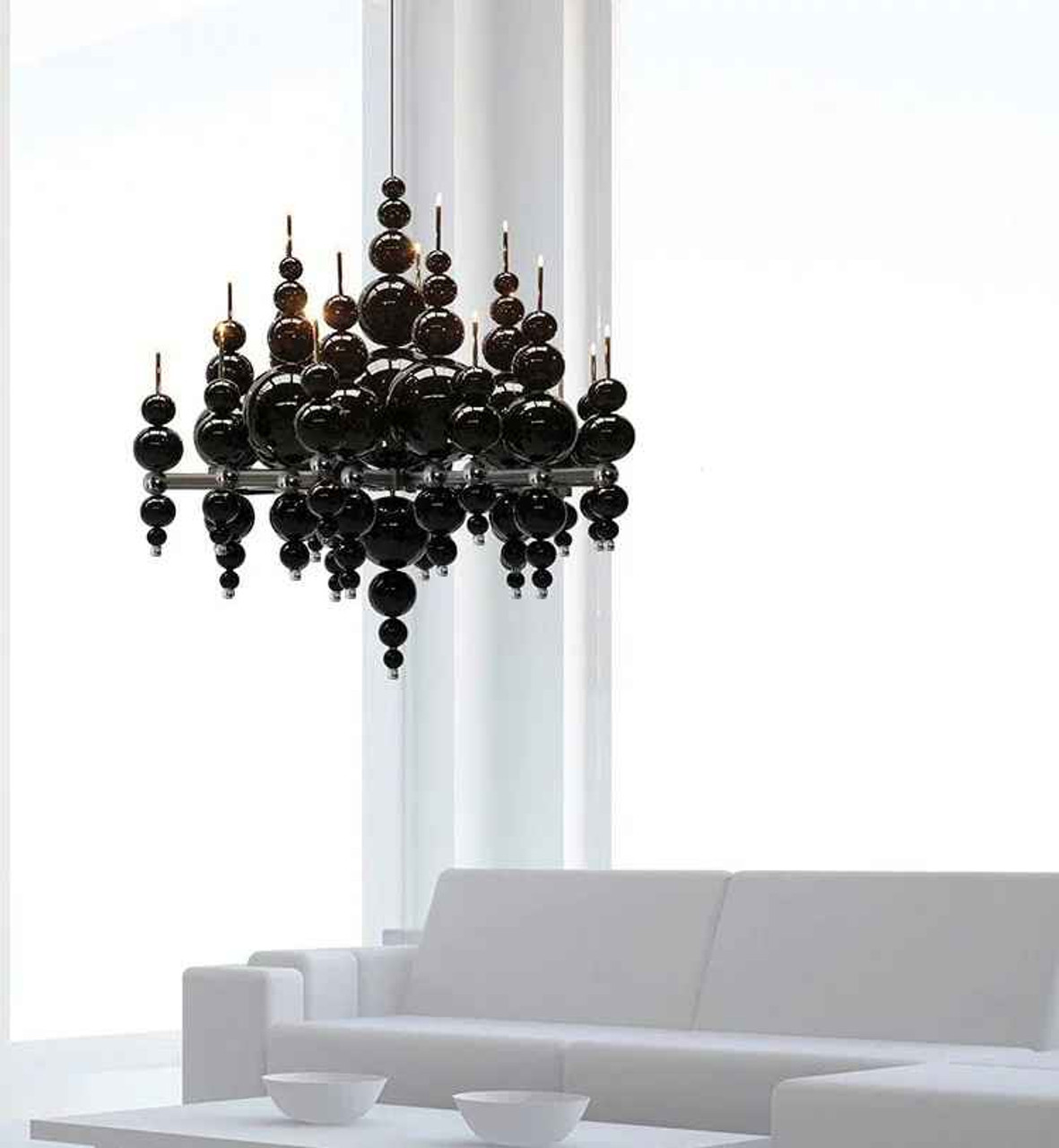The Rise of the House of Versace Brand: From Fashion to Global Icon
Posted by Jessie Meldrew - Fashion Blogger on Oct 20, 2024
Introduction
In the vibrant tapestry of modern fashion, few names resonate with the audacity and finesse of the House of Versace Brand. Established in the late 20th century, the brand carved its name into fashion’s history with bold designs and a commitment to luxury that has since transcended mere clothing to become a global icon. This article explores the ascent of the House of Versace Brand, analyzing the principles, innovation, and cultural dynamics that have propelled it to its iconic status.
Foundations of Fashion Innovation
The House of Versace Brand was established by Gianni Versace in 1978, in the heart of Milan. The city, with its rich artistic heritage and cosmopolitan flair, was the perfect backdrop for Versace to launch his visionary designs. From the outset, Gianni Versace’s creations were imbued with a unique blend of classical motifs and modern extravagance. Drawing influence from ancient Greek art and Roman architecture, he wove them into contemporary fashion in a way that was unprecedented.
This audacious approach is reminiscent of the architectural principle of contrast and context that Jane Jacobs often defended; creating an aesthetic dialogue between history and the present. Such a foundation set the House of Versace Brand apart from its contemporaries who remained tethered to either minimalism or traditionalism.
The Signature Style
The signature style of the House of Versace Brand can be pinpointed to its opulent aesthetic characterized by bold prints, vibrant colors, and an aggressive use of luxury materials. Few can forget the iconic Medusa head logo that represented the danger and power exuding from its every garment—a symbol choosing its wearers, bold and fearless.
The brand was quick to innovate not just in design but in textiles, incorporating features such as metal meshes and leather bondage elements that set the fashion world abuzz. This adventurous spirit found resonance with a clientele that was as daring as the designs themselves, thus cementing Versace’s cornerstone in fashion’s grand structure.
Versace’s ability to consistently imbue new collections with a sense of drama and opulence not only attracted a loyal following but revolutionized what fashion could represent. In essence, the House of Versace Brand advanced the idea that fashion is simultaneously an art form and a statement of personal identity, further strengthening its unusual yet compelling hold on the industry.
Rise to Celebrity and Cultural Influence
The ascent of the House of Versace Brand was not purely a conquest bound by its acclaimed aesthetic; it was propelled forward by its embrace of celebrity culture. Gianni Versace was one of the pioneers in forging a concrete relationship between fashion and the star-studded pantheon of celebrities.
Adorning the likes of Madonna, Elton John, and Princess Diana, the Versace brand intertwined itself with the lives of the icons of the time. This alliance helped establish the brand’s renown far beyond its products. Celebrities became walking testimonials of Versace’s prowess, turning each public appearance into a runway.
Such relationships were a testament to an extraordinary understanding of the interplay between culture and fashion, akin to Jacobs’ observation of the urban ecosystem where human elements tightly interconnect. It is this influence that facilitated Versace’s reach beyond the runway and into pop culture, becoming an aspirational symbol for individuals worldwide.
Furthermore, Versace’s strategic collaborations with contemporary artists infused his work with additional layers of dimension and meaning. His understanding of culture as an evolving entity meant that the House of Versace Brand remained relevant even as cultural trends shifted, always managing to find itself at the cutting edge of the next movement.
Tragedy and Continuation
The untimely death of Gianni Versace in 1997 marked a pivotal moment for the House of Versace Brand. In the aftermath, Donatella Versace, Gianni’s sister, rose to the helm. Despite initial concerns over continuity, Donatella’s leadership crystallized a new era for the brand, balancing homage and innovation.
While maintaining the house’s signature lavish aesthetic, Donatella injected a modern sensitivity that appealed to newer generations. Her collaborations with artists and embracing of new digital media shifted the brand’s reach exponentially, demonstrating a savvy understanding of the evolving urban landscape—mirroring Jacobs’ principle of city adaptability and organic growth.
Donatella’s era has been marked by an astute blend of nostalgia and futurism. She paid homage to Gianni’s original visions while integrating contemporary themes that spoke to an entirely new audience. Under her direction, the House of Versace Brand maintained its stature while also boldly venturing into the domains of digital exhibitions and online marketplaces.
Expansion Beyond Fashion
One of the key themes in the rise of the House of Versace Brand has been its successful diversification beyond traditional fashion. The brand expanded into home decor, hospitality, and limited-edition collectibles. Each venture carefully curated to maintain the extravagant style that signifies Versace’s hallmark.
The Palazzo Versace hotels represent this expansion vividly, turning the ethos of the brand into a tangible experience. Marble floors, intricate mosaics, and luxurious furnishings epitomize a high-fashion lifestyle further etched by a culturally enriched ambiance.
This lifestyle approach reflects Jacobs’ ideology that cities, much like brands, should be full of overarching bridges contributing to a vibrant living experience, providing not just function but style and innovation.
Extending its luxurious influence to realms outside conventional fashion expanded its narrative. This move was not just a business strategy, but a way of entrenching the Versace lifestyle into every conceivable facet of living, ensuring that the House of Versace Brand became an experiential embodiment of luxury.
Legacy and Global Impact
What began as a small boutique in Milan is now a diversified powerhouse influencing global fashion. The House of Versace Brand has secured its place among the pantheon of luxury fashion brands through meticulous branding, strategic leadership, and an unwavering commitment to its stylistic roots.
This legacy extends beyond fashion. The brand has been pivotal in discussions about gender neutrality in fashion, breaking barriers and challenging norms—an ethos parallel to Jacobs’ vision of cities as diverse and inclusive entities.
Moreover, Versace’s openness to engage with varied cultural influences and utilize diverse models has broadened the fashion narrative, enriching it with layers of complexity and depth. This global perspective has allowed the brand to maintain relevancy across different cultural arenas, influencing trends internationally and catering to an ever-growing audience.
The House of Versace Brand continues to inspire emerging designers and consumers worldwide, perpetuating a narrative of daring innovation and cultural dialogue. Its legacy is one that speaks of resilience, adaptability, and the ceaseless pursuit of beauty, resulting in a lasting impact on global fashion narratives.
Conclusion
The rise of the House of Versace Brand is a testament to the symbiotic relationship between fashion, culture, and individual vision. It is a brand that has embraced its historical roots while looking forward, standing as a beacon for what it means to be a global fashion icon. Viewed through the lens of Jane Jacobs’ philosophies, the success of Versace reflects a deep understanding of the complex urban-like network in which fashion operates. As it forges ahead, the House of Versace Brand continues to expand its legacy, weaving its luxurious thread through the evolving and dynamic fabric of global culture.




